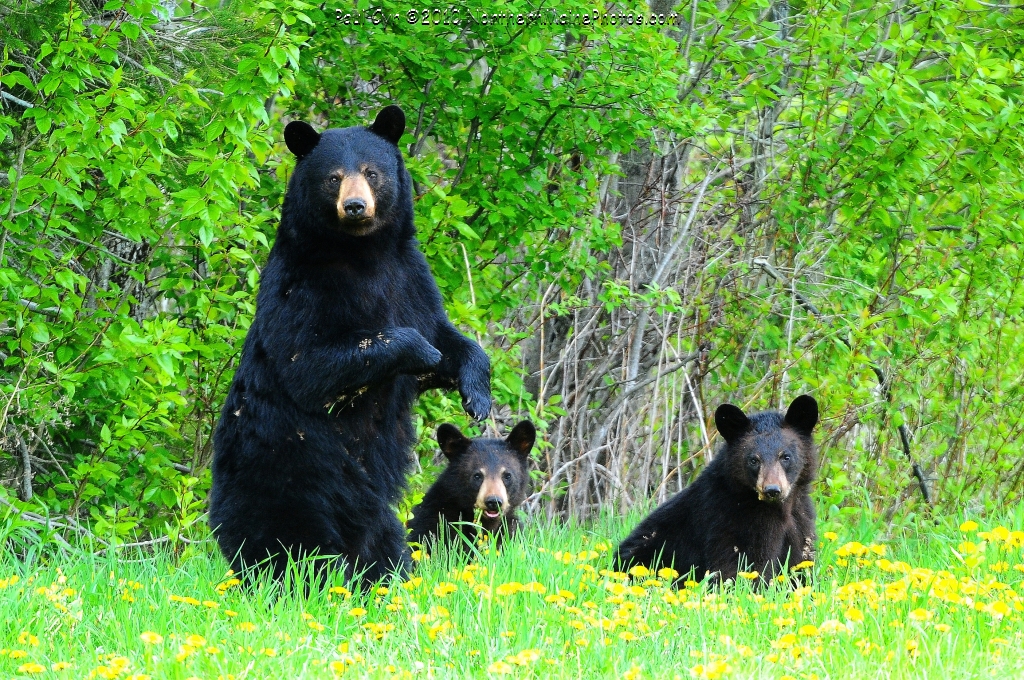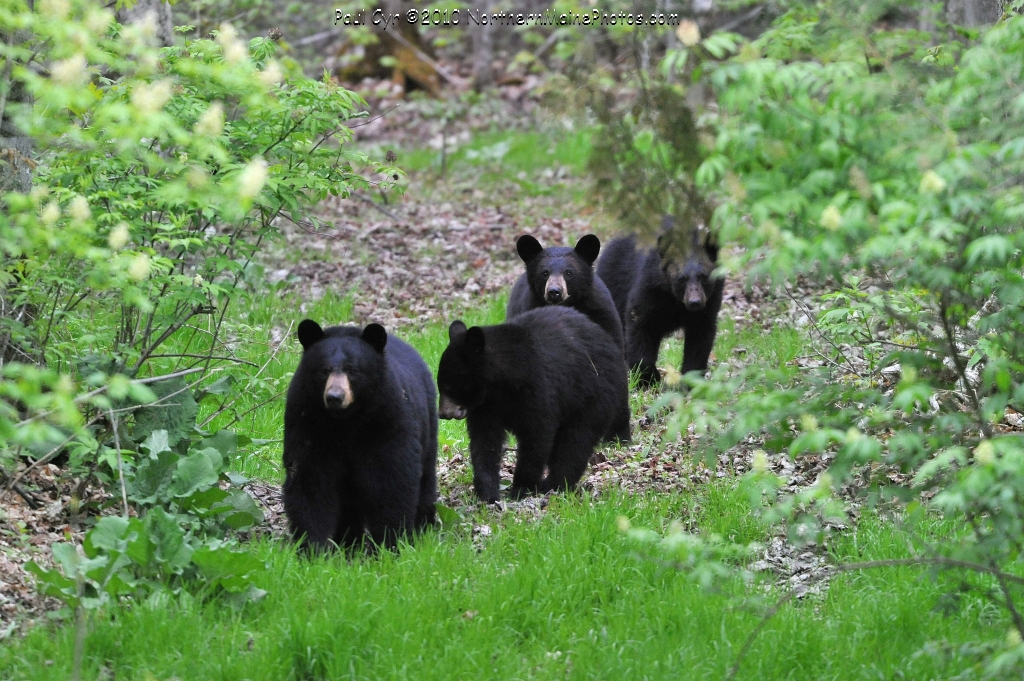June 16, 2021 at 1:52 pm
As the days grow longer, wildlife and humans alike emerge from their homes and dens to greet the warm weather. For many humans, we emerge with some extra “fluff”; we’ve exercised less, stayed inside more, eaten all the delicious desserts over the holidays, and gone through a long phase that I like to call “bulking season.” For our furry friends from bats to bears, winters can be more challenging; presenting little food, frigid temperatures, and the need for exceptional adaptations to ensure survival.

Let’s rewind a few months… By late November, most black bears in Maine have found a sufficient den to pass the long winter months. Sometime having excavated their own denning spot, dragging leaves, twigs, bark, and other vegetation in for additional protection and warmth. While in the den, bears are avoiding temperatures that can drop well below zero, all while maintaining a den temperature around 32 degrees Fahrenheit. During this time, bears enter a state of torpor, similar to hibernation but allowing more flexibility in the duration of inactivity. Torpor is a survival strategy bears and other wildlife use to conserve energy during a time when food is very scarce. Bears enter a deep sleep where their body temperature lowers, their metabolism drops by 50 percent, and they live off the fat reserves that they accumulated during the summer and fall. Their heart rate and respiration slows to as low as nine beats per minute and one breath every 45 seconds. Eating, drinking, and creating waste essentially ceases. Yet, inactive bears don’t suffer from severe muscle or bone loss like a human would experience during months of inactivity. Come spring, the process of regaining fat that was lost during the winter starts all over again.
Changing and inconsistent climate dictates when bears emerge from their dens, usually waking in early April when natural food is starting to become available. However, during milder springs, bears may be given premature environmental signals that it’s time to wake up and move around. Natural foods are less available in the spring, and with black bears keen sense of smell (2,100 times better smell than a human) and high level of intelligence can lead to unwanted encounters and conflicts with humans. Dumpster diving, devouring bird seed, grappling with grills, and raiding camping gear are some of the ways bears will seek food in an attempt to obtain 5,000 calories a day to restore their fat reserves lost over the winter months.

As summer arrives, natural food sources become more plentiful, providing bears with an assortment of food sources. Though bears are in the carnivore family, suggesting they feed entirely on meat, they are true omnivores with a diet dominated by vegetation such as berries and nuts, grasses and forbs, tree buds, as well as insects and insect larvae. As the summer progresses, bears are triggered by shortening days and hormonal changes, warning them of the returning winter. Going into a state of excessive eating, called hyperphagia, bears will feed for 20 hours a day in preparation for winter, consuming up to 20,000 calories a day, to put on as much as 100 pounds in a few weeks!
The residents of Maine are lucky to live in a state with vast areas of forest, supporting a variety of wildlife including our elusive, intelligent, and healthy population of black bears. Maine’s black bear population is the largest in the eastern United States, hovering at more than 36,000 individuals. Recognizing and respecting a black bear’s keen senses, high intelligence, and natural curiosity is important to successfully share our space with this species.
To prevent bears from coming to your backyard, follow these steps between April 1 and November 1:
- Take bird feeders down and store inside
- Store garbage cans in a building or enclosed electric fence
- Take garbage to the curb on morning of pick-up and ALWAYS latch dumpsters
- Clean grill + store inside after each use
- Store livestock and pet food inside
- Feed pets inside
To learn more about black bears visit mefishwildlife.com/blackbear